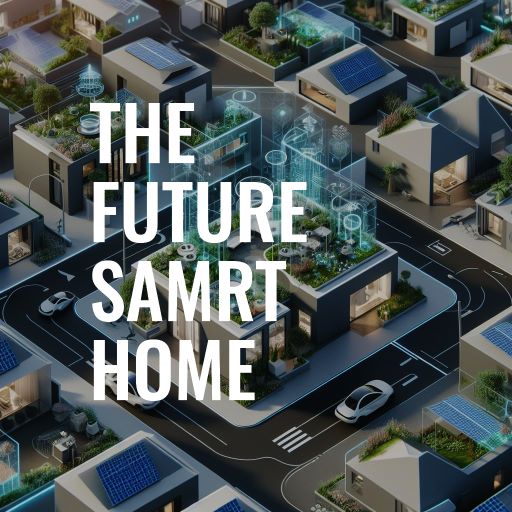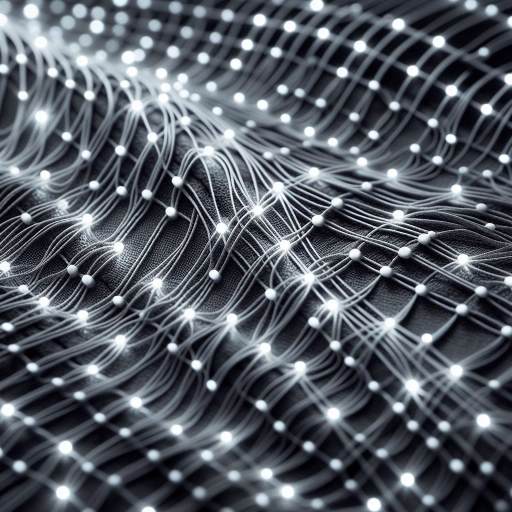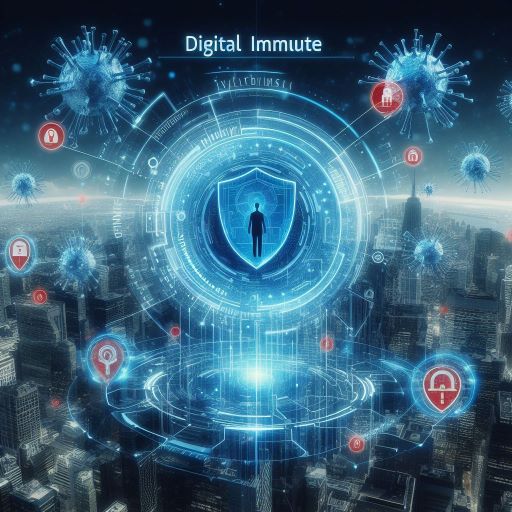Forget the Jetsons and their clunky, voice-activated homes. The future’s smart home isn’t a collection of Jetsons-esque gadgets it’s a living, breathing ecosystem designed to anticipate your needs and curate your comfort like a five-star hotel suite that learns your preferences. Here’s a glimpse into what awaits:
Table of Contents
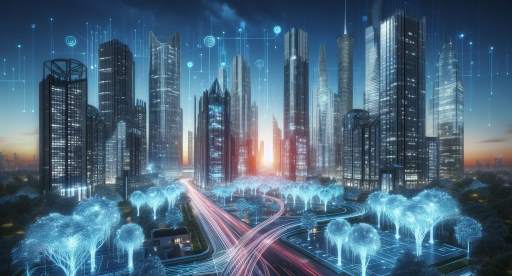
Future’s smart home imaginative Features
1. Seamless Anticipation: Imagine waking to a gentle sunrise simulation on your walls, complete with a temperature-controlled environment mimicking a crisp morning. Birdsong fills the air (which is actually fresh air ventilation!), and the aroma of your favorite coffee, brewed to your exact specifications, fills the room – all before you even rise. Biometric sensors embedded in your mattress will track your sleep patterns and preferences, while contextual AI tailors the entire experience. No more fumbling for the coffee maker or hitting the snooze button in a daze – your home will usher you into the day like a well-rehearsed butler.
2. Proactive Personalization: Your smart fridge won’t just order groceries based on dwindling supplies; it will analyze your dietary needs and suggest healthy recipes based on your recent activity levels and health goals. Imagine a scenario where you come home from a tough workout, and the fridge recommends a protein-rich smoothie with ingredients it knows you love. Walls will transform into interactive displays, showcasing personalized news, weather, or even a calming virtual aquarium while you unwind after a long day.
3. Holistic Wellness Integration: Step into a bathroom mirror that goes beyond simple reflection. This high-tech marvel will analyze your health metrics through non-invasive scans, offering biofeedback on everything from hydration levels to stress markers. Imagine a showerhead that adjusts water pressure and temperature based on your preferences, or nanotech-enabled surfaces that combat bacteria for ultimate hygiene. Your bathroom will become a personalized spa sanctuary.
4. Sustainable Symbiosis: The future smart home operates in harmony with the environment, not against it. Solar panels seamlessly integrated into the roof, disguised as stylish architectural features, will power your home, while self-regulating features like smart thermostats and adaptive lighting will optimize energy use. Imagine walls that don’t just look good; they absorb pollutants and release clean air, or a rainwater harvesting system that irrigates your smart garden, nurturing a connection between your home and the environment.
5. Robotic Roommates: Meet domestic robots that seamlessly blend utility with companionship. Imagine a bot that seamlessly folds laundry, helps with chores, or even serves as a security guard and personal concierge, freeing up your time for more important pursuits. Advanced AI will allow for genuine interaction, making these robots valued members of your smart home ecosystem, not just machines that complete tasks.
The Future is Now: While some aspects of this vision might seem like something out of a futuristic movie, the building blocks are already in development. The key lies in integrating these technologies to create a living space that is as responsive as it is resourceful. The future’s smart home isn’t just about convenience; it’s about creating a personalized sanctuary that fosters well-being, sustainability, and a sense of being cared for – a true reflection of you and your lifestyle.
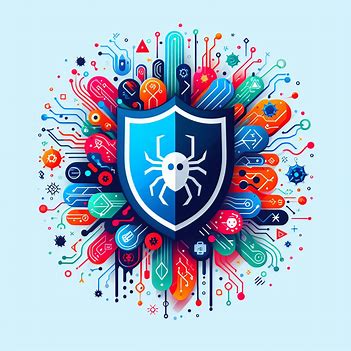
While futuristic smart homes offer a plethora of advantages, they also come with some potential disadvantages:
- Cost: The initial investment for outfitting a home with cutting-edge technology can be substantial. From smart appliances to integrated systems, the upfront costs may be prohibitive for some homeowners.
- Complexity: With advanced technology comes increased complexity. Managing and troubleshooting a sophisticated network of interconnected devices and systems can be challenging, requiring technical expertise that not all homeowners possess.
- Privacy Concerns: Smart homes collect vast amounts of data about occupants’ habits, preferences, and activities. This data can raise significant privacy concerns, especially if it’s not adequately protected from unauthorized access or misuse.
- Reliability: As with any technology, smart home systems are susceptible to malfunctions and glitches. Dependence on these systems for essential functions like security, heating, or lighting means that any failure could have significant consequences.
- Dependency on Connectivity: Smart homes rely heavily on internet connectivity to function optimally. If there are interruptions in internet service or issues with network connectivity, it could disrupt the seamless operation of various smart devices and systems.
- Compatibility Issues: Different smart home devices may operate on different platforms or protocols, leading to compatibility issues and interoperability challenges. Integrating devices from different manufacturers into a cohesive smart home ecosystem can be complex and may require additional hardware or software solutions.
- Security Risks: The interconnected nature of smart home devices can create vulnerabilities that hackers may exploit. Without robust security measures in place, smart homes can be susceptible to cyberattacks, potentially compromising personal data or even physical safety.
- Maintenance Requirements: Keeping a futuristic smart home running smoothly requires ongoing maintenance and updates. This includes software updates for devices, troubleshooting technical issues, and ensuring that security protocols remain up to date.
- Environmental Impact: While smart homes can promote energy efficiency and sustainability, the production and disposal of high-tech gadgets and electronics contribute to environmental issues such as e-waste and resource depletion.
- Social Isolation: Relying on technology for everyday tasks and interactions within the home may lead to decreased social interaction and a sense of detachment from the physical environment. This could have implications for mental health and well-being, particularly if individuals become overly dependent on technology for social connection.
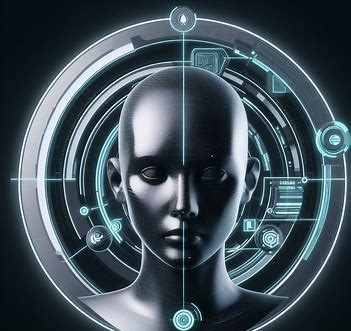
Ethical considerations play a crucial role in shaping the development and implementation of future homes. Here are some key ethical principles that are important to consider:
- Privacy and Data Protection: Future homes will collect vast amounts of data about occupants’ behavior, preferences, and activities. It’s essential to prioritize privacy and data protection by implementing robust security measures, obtaining informed consent for data collection and usage, and ensuring that personal information is handled responsibly and transparently.
- Accessibility and Inclusivity: Future homes should be designed to accommodate the diverse needs of occupants, including those with disabilities or special requirements. This involves ensuring accessibility features are incorporated into the design, such as smart technologies that can be easily operated by individuals with mobility impairments or sensory disabilities.
- Equity and Social Justice: It’s crucial to consider how future homes can contribute to social equity and justice. This includes addressing issues of affordability and accessibility to ensure that everyone has access to the benefits of smart home technology, regardless of socioeconomic status or geographic location.
- Transparency and Accountability: Developers and manufacturers of smart home technology should operate with transparency and accountability, providing clear information about how their products work, what data they collect, and how that data is used. This enables users to make informed decisions and hold companies accountable for their actions.
- Environmental Sustainability: Future homes should prioritize environmental sustainability by minimizing resource consumption, reducing carbon footprint, and promoting eco-friendly practices such as energy efficiency and renewable energy integration. This involves considering the life cycle impacts of smart home technologies, from production to disposal.
- Autonomy and Agency: Occupants of future homes should have the autonomy and agency to control their environment and make decisions that align with their values and preferences. This requires designing smart home systems that empower users to customize settings, adjust privacy preferences, and override automated decisions when desired.
- Resilience and Security: Future homes should be resilient to external threats and secure against cyberattacks, physical intrusions, and other risks. This involves implementing robust security measures, such as encryption, authentication, and intrusion detection, to protect against unauthorized access and ensure the safety and well-being of occupants.
- Cultural Sensitivity and Diversity: Future homes should be sensitive to cultural norms, values, and practices, recognizing the diverse backgrounds and identities of occupants. This involves avoiding biases in design and implementation and ensuring that smart home technologies are inclusive and respectful of different cultural perspectives.
Welcome to the future, where your home isn’t just smart—it’s brilliant

